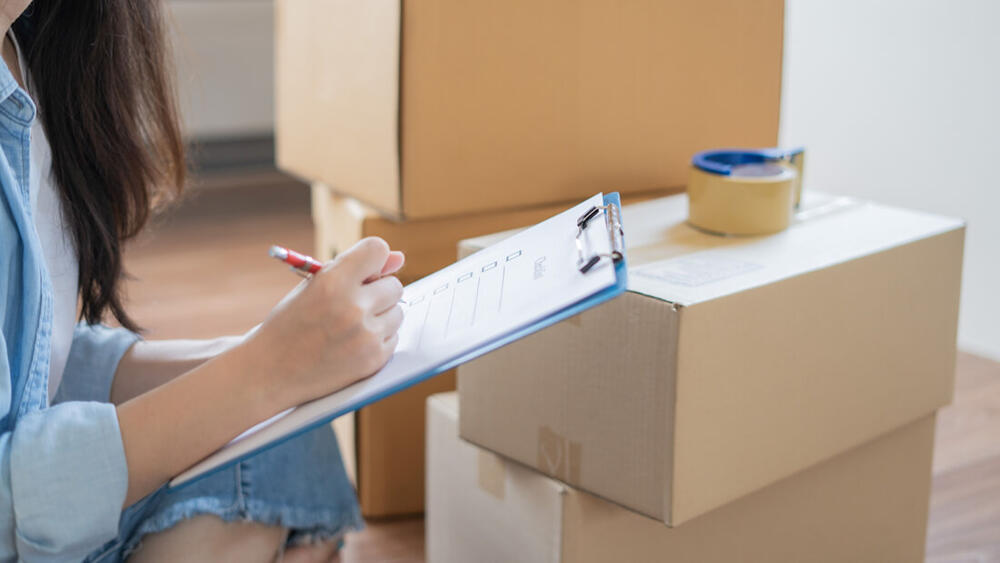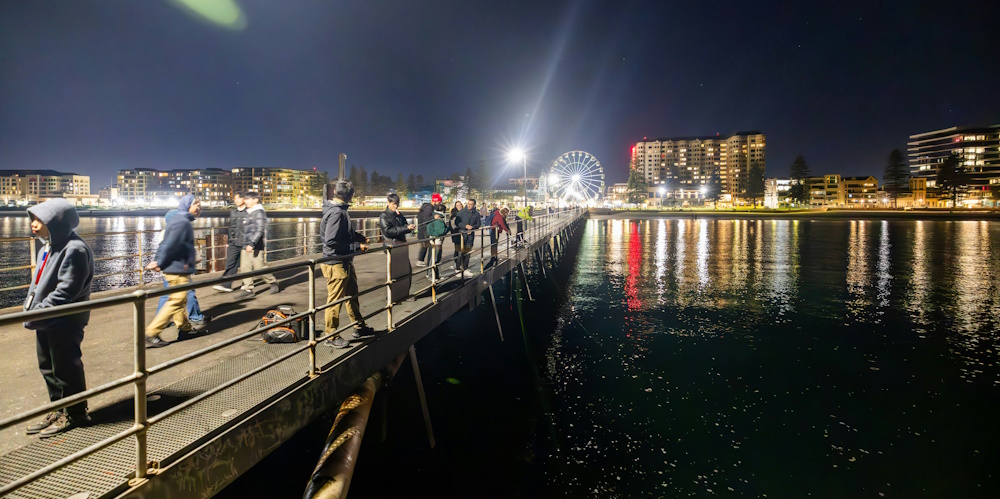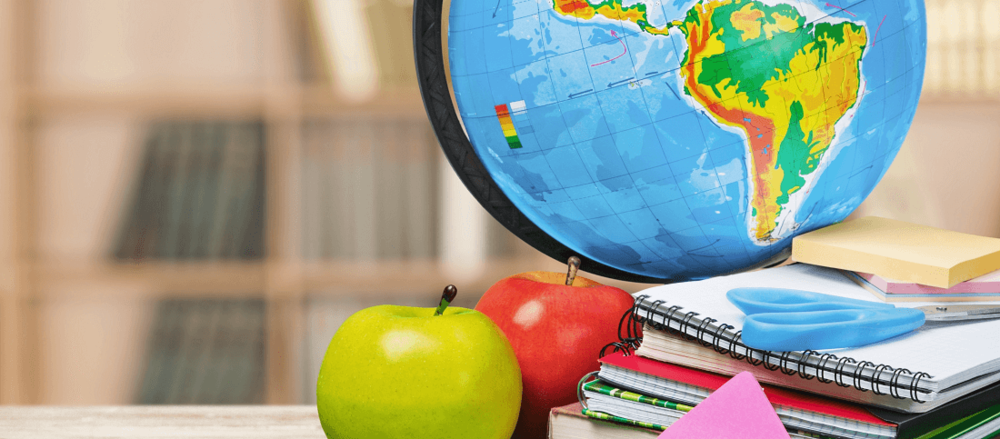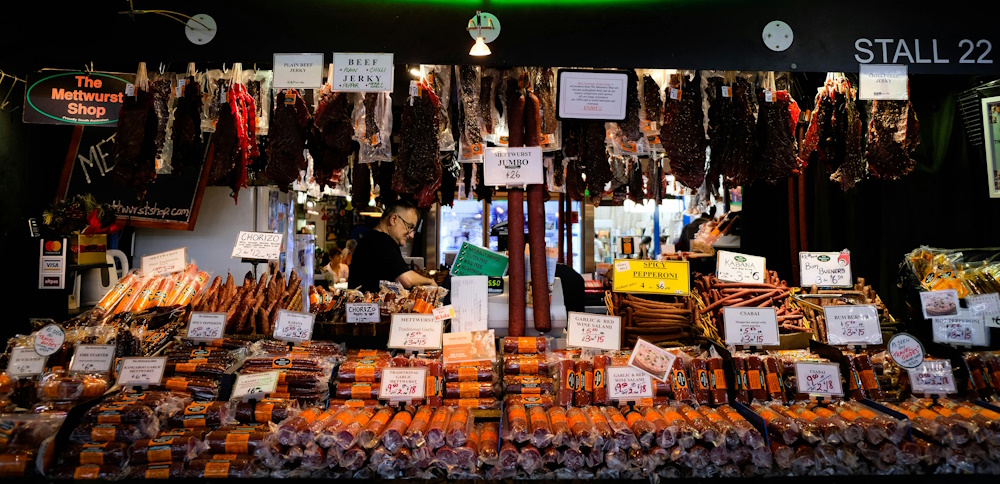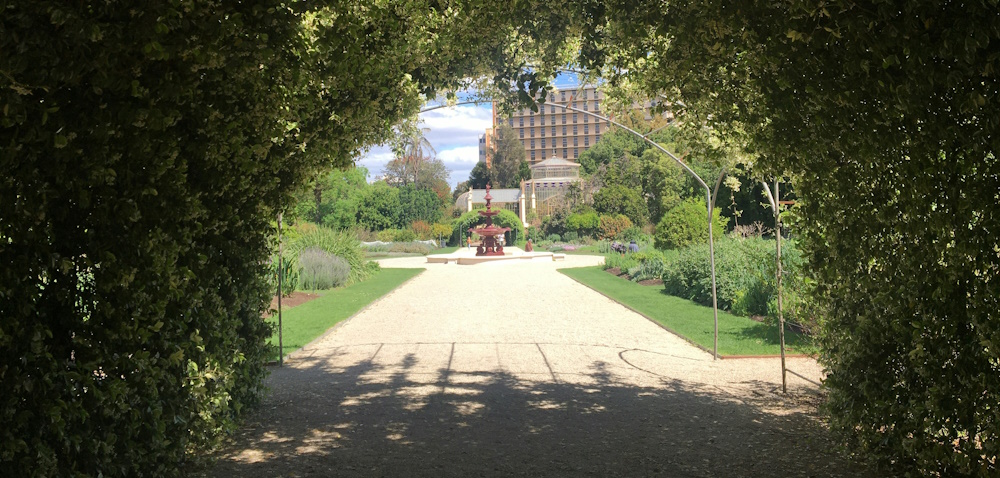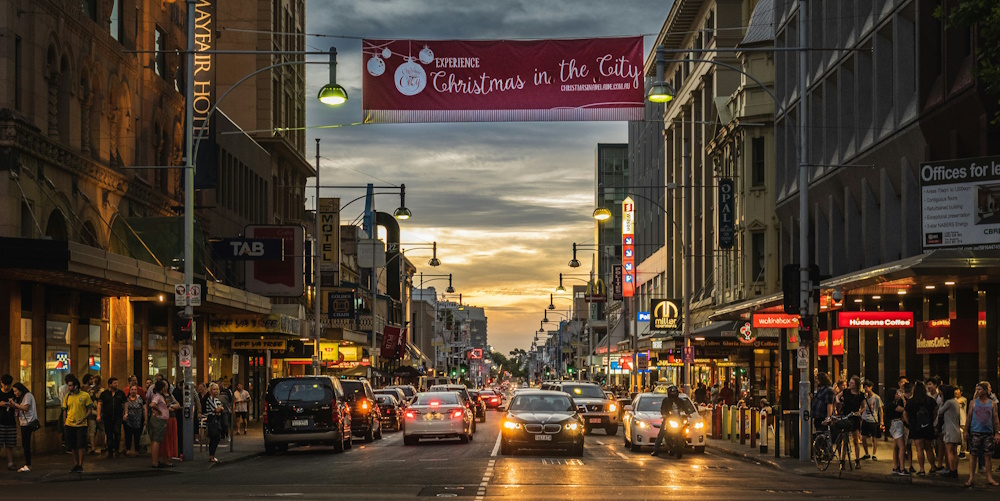From the rolling hills of its winelands to the energy of the city centre, Adelaide has much to offer – especially if you’re looking for an Australian city that’s slightly off the beaten path.
Living in Adelaide as an expat
Living in Adelaide as an expat means enjoying a relaxed and balanced lifestyle that starkly contrasts the hustle and bustle of Sydney or Melbourne. Adelaide is known for its relatively low cost of living compared to other major Australian cities, making it the least expensive state capital in the country.
Adelaide’s slower pace is often a refreshing change. You’ll find less congestion, more space, and a generally laid-back lifestyle. Adjusting to the relaxed pace can be a challenge if you’re used to the frantic tempo of a big city. Many people find it to be a perfect balance between work and leisure, offering both tranquillity and a strong sense of community.
Working in Adelaide
Working in Adelaide can be an exciting opportunity if you’re in one of the key industries driving the city’s growth. Major employers here include companies in mining and the expanding defence sector. Healthcare is another cornerstone of the local economy, with SA Health and private hospitals leading employment in this area.
Healthcare and Health Insurance in Adelaide
While Adelaide’s unemployment rate is slightly above the national average, job opportunities are on the rise, particularly in sectors experiencing growth. Although salaries in Adelaide may not be as high as in Sydney or Melbourne, this is well offset by the lower cost of living and a great quality of life. The work-life balance is one of Adelaide’s key selling points – allowing you to pursue a rewarding career without sacrificing your personal time.
Job Opportunities and Career Growth in Adelaide
Finding accommodation in Adelaide
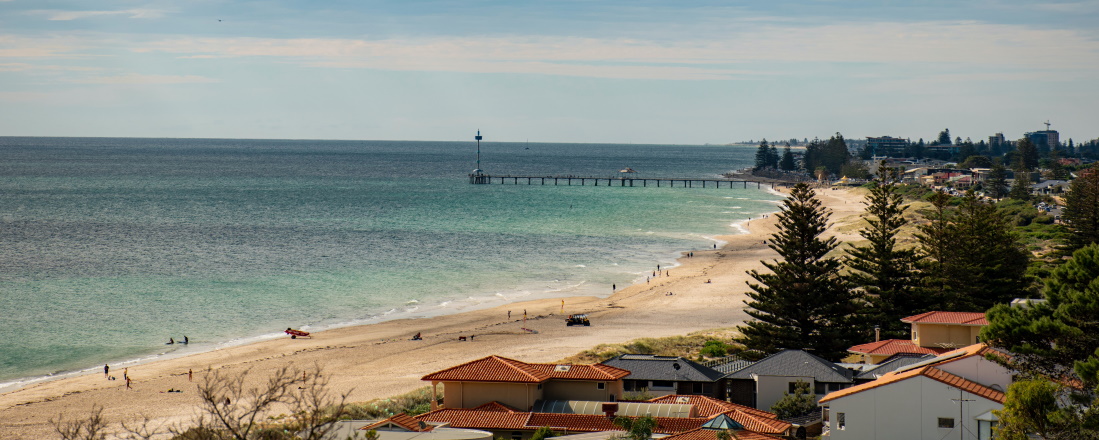
Finding accommodation in Adelaide is generally straightforward, with relatively affordable options compared to other major Australian cities. The average time to secure a rental property in Adelaide is around two weeks, which reflects a competitive market. It’s best to be prepared for a swift process, especially with increasing demand from both locals and international arrivals.
Accommodation Options in Adelaide
Adelaide’s popular neighbourhoods each offer something unique. Glenelg boasts a lively beachside atmosphere, perfect if you love the coast. Unley Park could be the right fit if you’re after a more tranquil setting with good schools. Semaphore is ideal if you prefer a laid-back, coastal vibe. These areas are particularly popular among newcomers for their community feel and easy access to city amenities.
Getting around in Adelaide
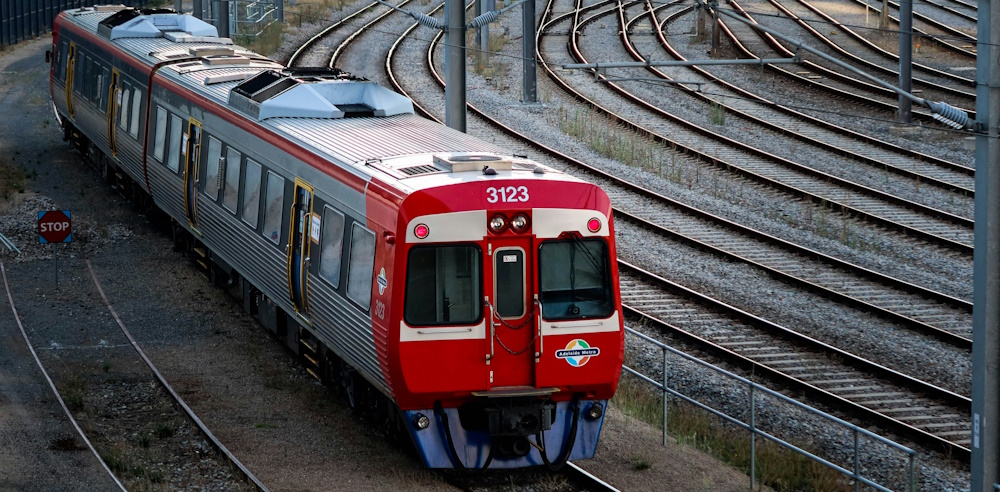
Getting around in Adelaide is made easy by the city’s public transport system, known as Adelaide Metro. Public transport includes trams, buses, and a train network. For daily commuting, the fares are consistent across the different modes, with options available to reduce costs if you qualify for concession fares. There are even free tram services within the city centre and to North Adelaide, perfect for quick trips.
A car can be convenient, especially if you live in the suburbs, but with trams, buses, and trains covering most of the city, getting around is rarely a hassle.
Trams, Buses, Trains, Cars and More in Adelaide
Cost of living in Adelaide
The cost of living in Adelaide is generally lower than in other major Australian cities, giving you more value for your money. Groceries here remain slightly lower than in Sydney or Melbourne, making it easier to manage your household expenses.
Utility costs, such as electricity, water, and heating, are also part of the equation. On average, basic utilities for an apartment are a bit higher than in some other parts of Australia, but the city's overall lower living costs balance them. All in all, Adelaide provides a good quality of life without the sky-high costs associated with bigger Australian cities.
Lifestyle in Adelaide

The lifestyle in Adelaide is one that many envy, especially those who love the outdoors. There are a variety of hiking trails and outdoor activities right on your doorstep.
Adelaide’s wine farms are perfect for a day trip, while its many family-friendly getaways offer plenty of entertainment for all ages. Whether you want to explore the city’s diverse restaurants, shop in its centres, or enjoy the nightlife, there’s always something going on. If you prefer the outdoors, Adelaide is blessed with sunny weather, and its Mediterranean climate means warm summers and mild winters – perfect for getting out and about.
Shopping, Activities, Attractions, and Events in Adelaide
Living in Adelaide with children
Neighbourhoods like Glenunga, Marryatville, North Adelaide, and Vale Park are particularly popular among families due to their proximity to top schools and community amenities. These areas strike a balance between good educational opportunities and a friendly, safe environment.
Moving to Adelaide with children means you’ll have access to great schools, both public and private. Public schools in Adelaide are generally well-regarded, with many public institutions consistently ranking among the top public schools in the state. While public schools might have larger class sizes than private ones, the quality of education remains strong.
There are also several private schools in Adelaide, ranging from more affordable Catholic schools to prestigious independent institutions. Many parents are drawn to private schools due to smaller class sizes, specialised programmes, and more extracurricular opportunities.
Education and Schooling Options in Adelaide
Climate in Adelaide
Adelaide's climate is typically Mediterranean, with hot, dry summers and mild, wet winters. During summer, temperatures can often reach the high 90s°F (mid-30s°C), similar to other Mediterranean climates like Southern California or the Mediterranean coast. There can be some variability, though, with occasional extreme heat spells that raise temperatures even higher.
With frequent droughts, Adelaide's residents have adapted to using water wisely. Water conservation measures such as rainwater tanks and greywater recycling systems are common, and many households incorporate drought-resistant landscaping using native plants.
Weather and Climate Details for Adelaide
If you’re ready to make the move, Adelaide offers a relaxed lifestyle, great opportunities for work, and a wonderful community to become part of.



